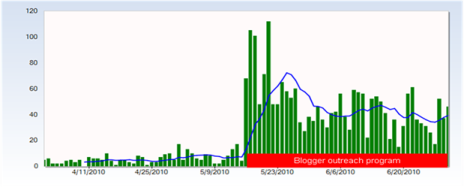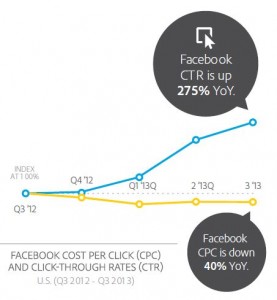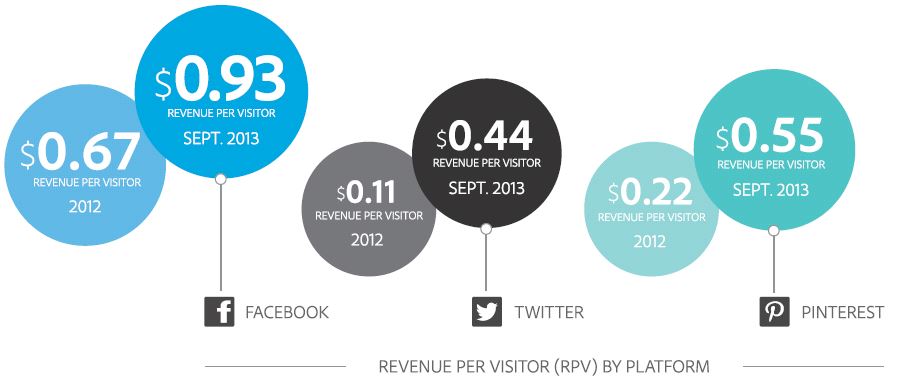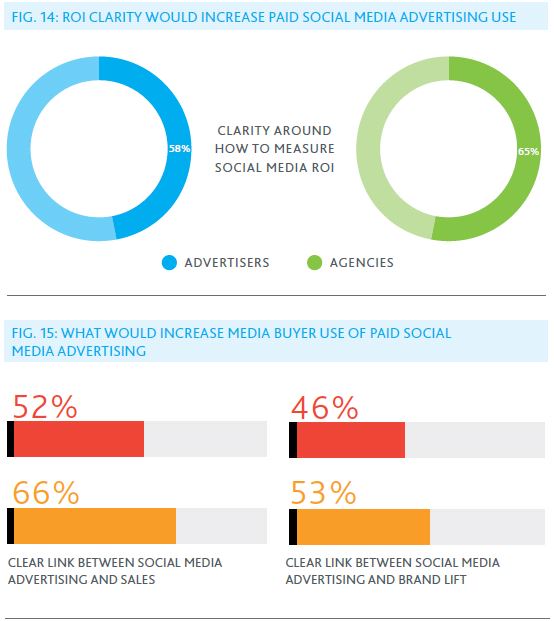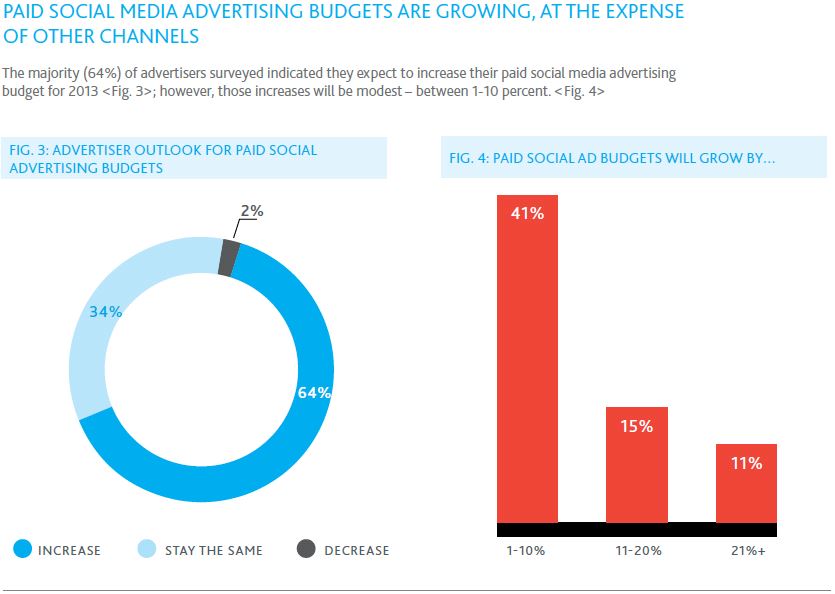In last week’s eMarketing class we discussed metrics and measurements of social marketing campaigns, and a very interesting new concept was raised; ROO. That was not a typo. Rather it is a new method of measuring the success of marketing campaigns, and stands for Return on Objectives. With ROI being difficult to measure for Social Media campaigns, alternative methods of measuring success have been popping up and this is one of them. A quick Google search turns up an interesting Forbes article that makes mention of ROO, and several other new measurements as well (Return on Engagement, Return on Impressions, etc). The key to ROO, according to the article, is accepting that “not all goals are measurable with hard data”. As an Accounting professional this is very hard for me to contemplate, but I can see the authors point.
ROO requires you to measure very specifically against pre-set goals and objectives of the organization. From a financial perspective this often means measuring Revenue and Operating Expenses, but from a brand and marketing perspective there are other objectives that can be measured over the long and short term.
A great example of this is shown by Empower MediaMarketing. One of their clients’ goals was to increase “positive online discussion of their brand”, so Empower began a blogger outreach program for them. While they are unable to tie any results back to sales specifically, an increase in online discussion would likely lead to better brand awareness and this could lead to customer loyalty and sales in the future. The investment in Empower, and in the blogger outreach program, could therefore be measured by monitoring discussion before and after the program, as shown in the below chart pulled from Empower MediaMarketing’s website.
While this cannot be immediately translated into financial benefits (or, more specifically, ROI) the Accountant in me is pleased to see that success can still very clearly be measured for any objective if you know what you are trying to improve.

